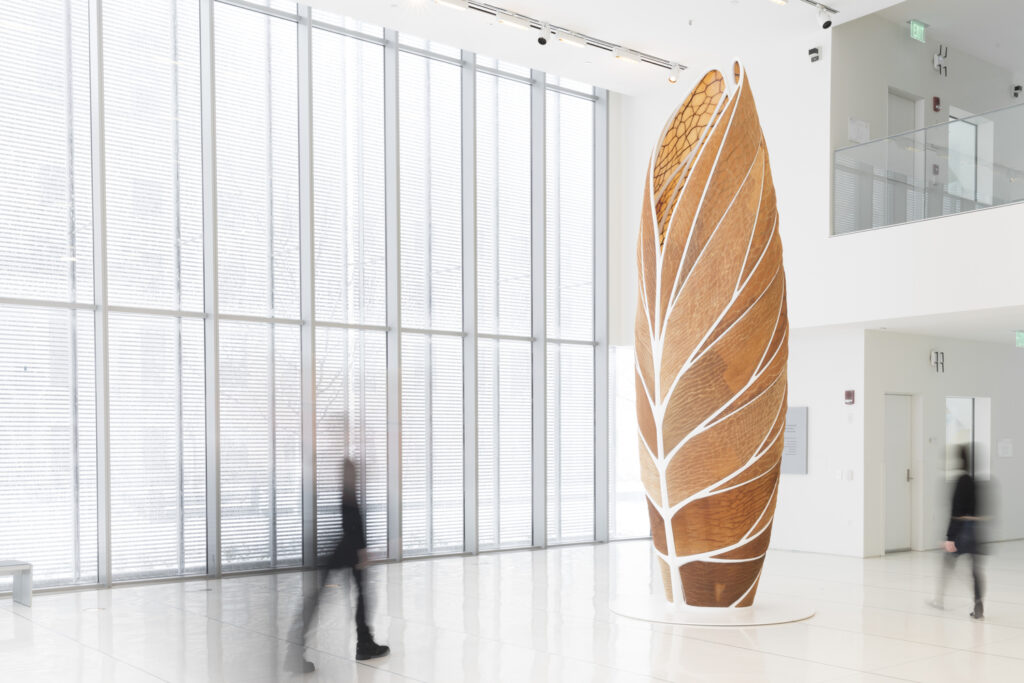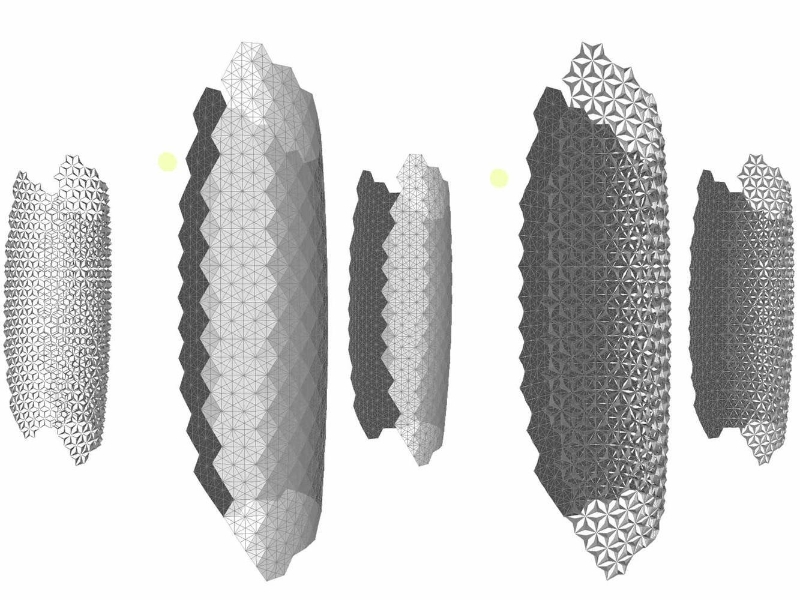Against the backdrop of computing technology advancing from classical computing to quantum computing, the materials field is undergoing a transformative revolution — the rise of intelligent materials has shattered the inherent perception of traditional materials as “passively inert,” driving the architecture and design industries to evolve from static forms to dynamic interactions. Today, material intelligence has entered an era where technological implementation and experimental exploration proceed in parallel. Through core capabilities such as sensing, response, and data interaction, it redefines the relationships between substances and the environment, as well as between humans and space, emerging as an innovative frontier integrating multidisciplinary achievements.
Multidimensional Technological Evolution: Three Core Pathways to Material Intelligence
The core value of material intelligence lies in endowing substances with the ability to “sense – respond – interact,” and its implementation primarily follows three progressive pathways that demonstrate technological breakthroughs.
Adaptive materials represent the most basic technological form. They do not rely on electronic devices or mechanical systems, instead responding physically to environmental changes through their inherent properties. Thermochromic glass darkens automatically under intense light, shape-memory alloys deform with temperature variations, and phase-change materials passively regulate heat — these materials embed “intelligence” into their intrinsic attributes. Jean Nouvel’s Arab World Institute features 240 photosensitive panels on its south facade, inspired by traditional Arabic wooden latticework, which open and close automatically based on light intensity, ingeniously integrating energy efficiency with cultural elements. Abu Dhabi’s Al Bahar Towers, through movable geometric components on their dynamic facades, reduce building heat load without traditional mechanical systems, establishing a paradigm of passive environment-sensitive performance.

Responsive materials build on adaptability by incorporating programmed logic, enabling real-time functional adjustments through specific stimuli such as electricity, magnetism, chemistry, or heat. DOSU Studio’s “Bloom” project utilizes thermobimetallic alloys that curl naturally under sunlight, forming a dynamic surface that changes with solar radiation intensity. The ETFE curtain wall of the Media-TIC Building features inflatable and deflatable “bubbles” that dynamically regulate ventilation and lighting according to temperature. More groundbreaking is the application of bio-based materials: the “Mediated Matter” research group’s 3D-printed “AquaShells,” made from biopolymers like chitin and cellulose, respond to temperature and humidity changes while being biodegradable. The “Totem” project integrates living microorganisms such as algae and cyanobacteria into bioprinting technology, vividly presenting the evolution of Earth’s atmosphere and transforming materials into systems that carry life and information.

The most cutting-edge development is the construction of “intelligent interactive interfaces,” where materials not only respond to the environment but also collect, process, and transmit data. Amsterdam’s Edge Building integrates sensors into all architectural elements, including floors and lighting, to real-time monitor temperature, occupancy, and energy consumption while automatically adjusting systems. The Bloomberg European Headquarters combines natural ventilation with digitally controlled surfaces to achieve both environmental sensitivity and energy efficiency. Artist Jenny Sabin’s installations such as “Lumen” and “PolyPlexus” integrate photoluminescent fibers, 3D knitting technology, and biomimetic geometric forms, creating adaptive textile structures that respond to light, temperature, and human presence — offering new ideas for application scenarios like dynamic sunshades and temporary shelters, which perfectly embody the architecture new trend.

In terms of technological maturity, adaptive materials and some responsive materials have achieved large-scale application, while bioprinting and living materials remain in the experimental stage but have shown tremendous potential. This revolution is not merely a technological advancement but also brings profound cultural and ethical impacts. Material intelligence transforms buildings from static spaces into dynamic systems similar to living organisms, yet it also raises issues such as data privacy, regulatory norms, and liability definition. Looking ahead, with the support of technologies like quantum computing and artificial intelligence, material intelligence will further break down the boundaries between nature and technology, as well as between matter and information. It will drive architectural design to shift from “constructing spaces” to “creating vivid life experiences.” Under the premise of responsible innovation, this field will undoubtedly continue to push the boundaries of imagination, providing new possibilities for sustainable development and the improvement of human quality of life.










